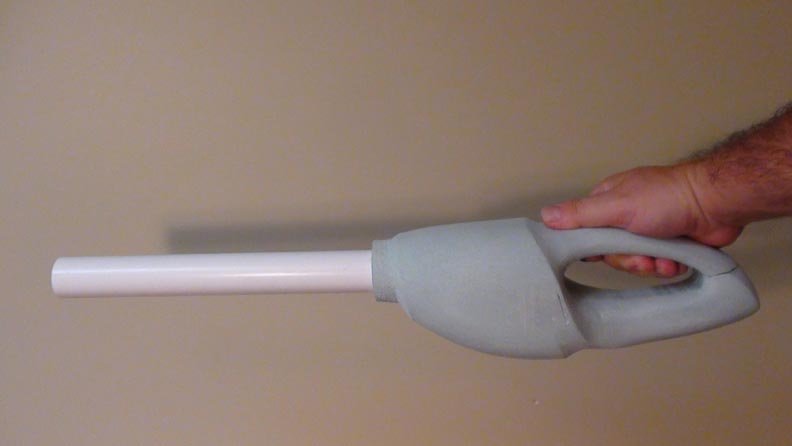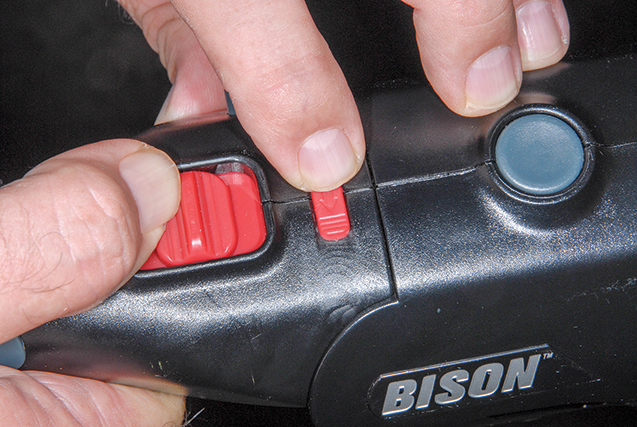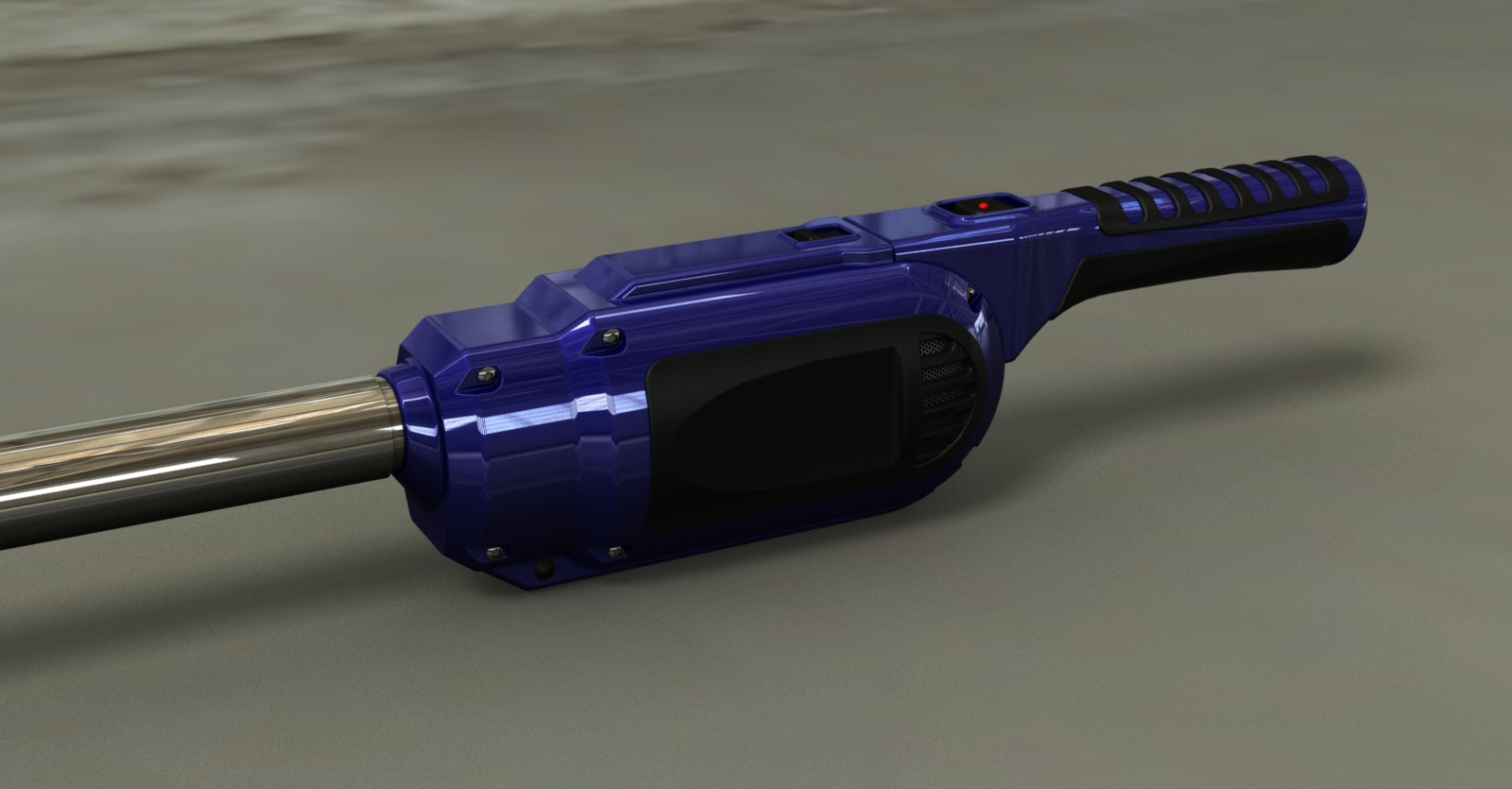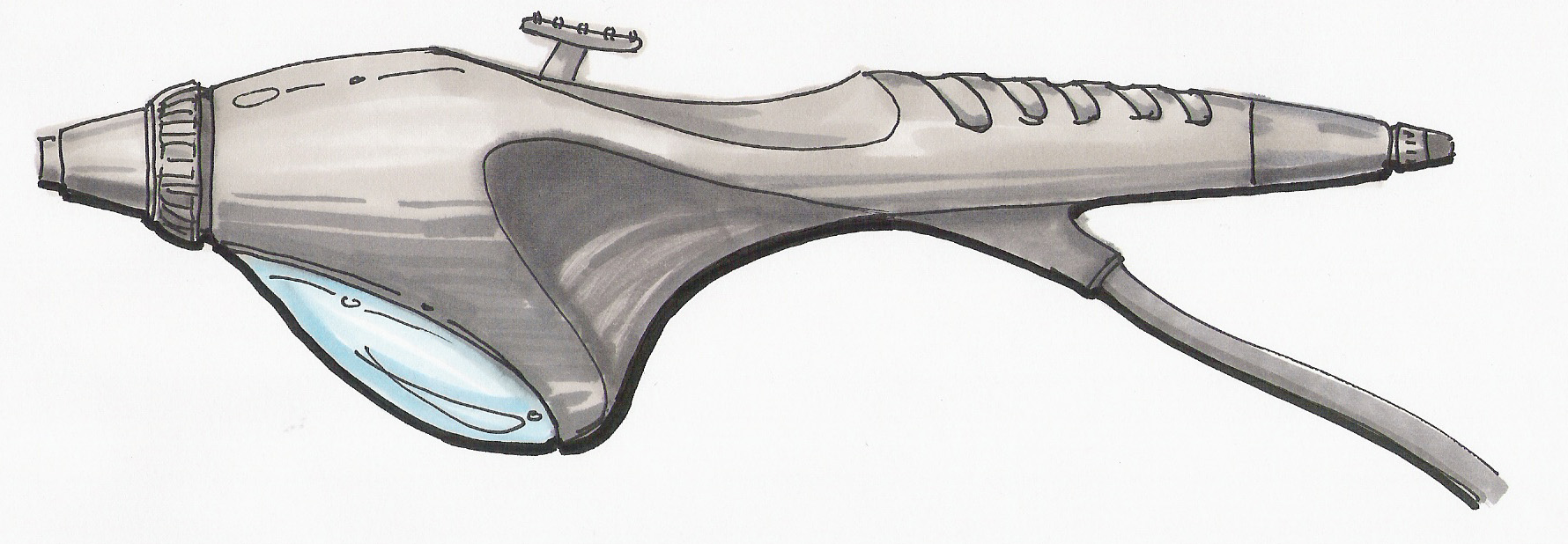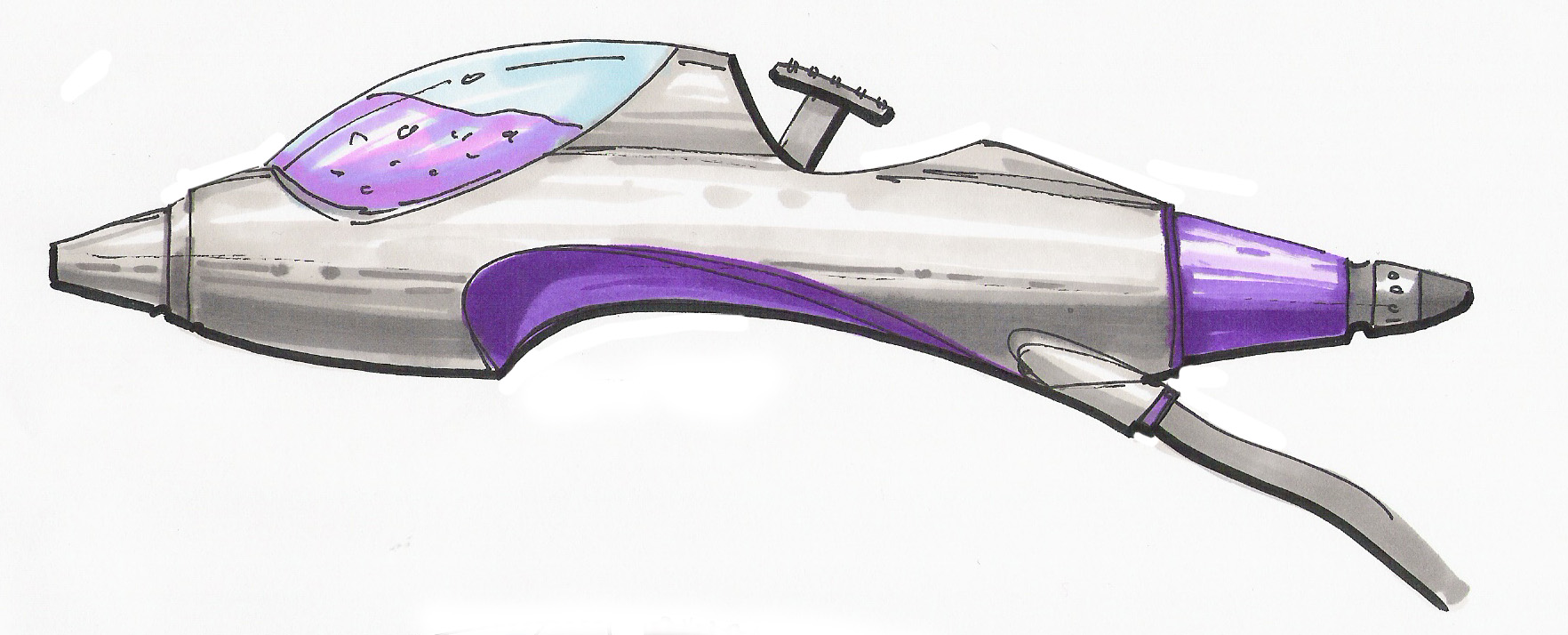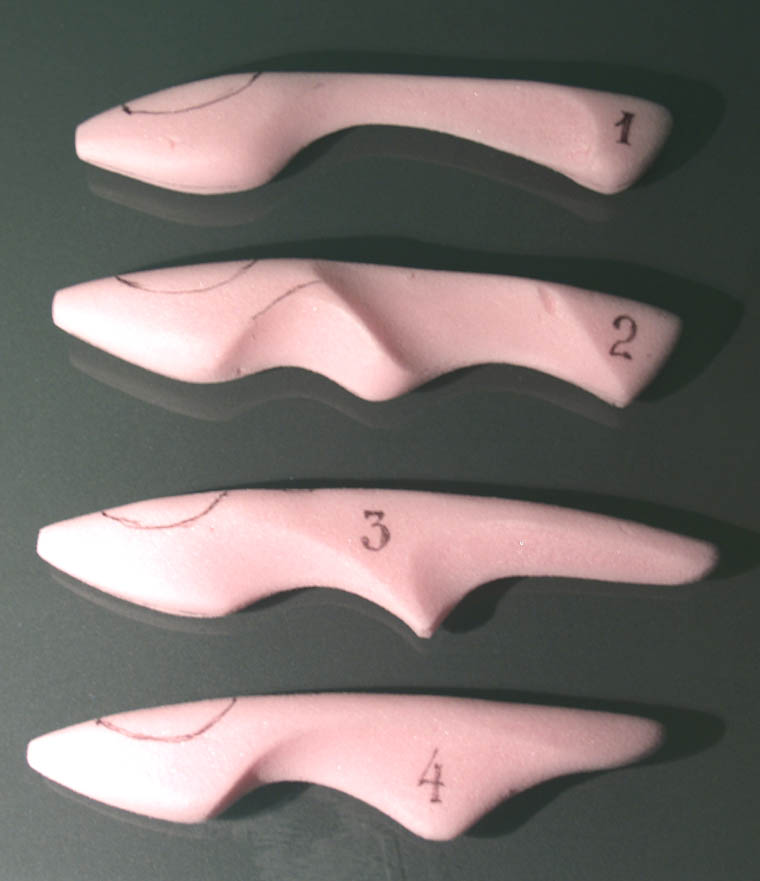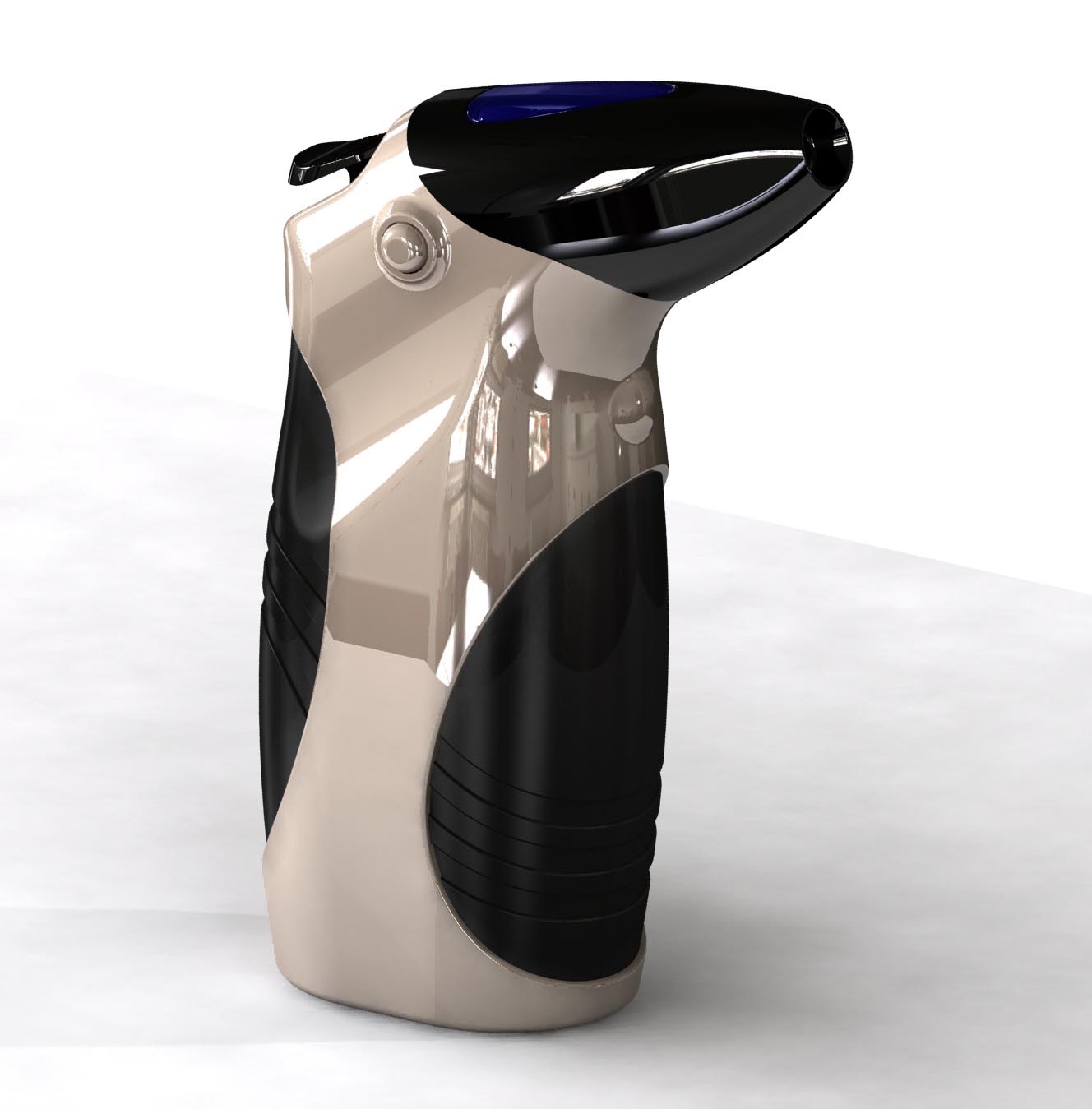
Bison Airlighter model 420 designed by Atus Design LLC
Few years ago Atus Design developed a successful item – Bison Airlighter model 520 for one of its clients, “The Bison Company”, subsidiary of Infora, Inc. Now we proudly announce release of the next generation of Bison Aitlighter – model 420. It is as sturdy and as well design and built as model 520, but it is also somewhat different that its predecessor model Bison 520 and has few features dropped and some others re-designed. For example, it is considerably smaller in size, it still has powerful flame using butane which is still stored in its handle. It also offeres same poerful air blower for spreading that heat. But it does not have USB port and re-chargeable batterisl inside. It rather offers user to use his own standard AAA batteries. There is also no more flashlight. Those of you, BBQ enthusiasts who also love to have beer while cooking meet, do not worry – bottle opener which doubles as a hanging hook is still there.
The Airlighter 420 is the faster, cleaner, and safer way to light BBQs, campfires, wood fireplaces and just about any other fire. It is also a cooking tool for searing meat, or caramelizing sugars and more.

- No more lighter fluid flavor
- Light and stoke fires without moving coals or wood
- Ideal for charcoal briquettes and lump charcoal
- Air-cooled operation keeps the Airlighter cool to the touch
- Unlike chimney starters or typical electric starters, you don’t have to worry about where to store it after use. It remains cool enough to not burn furniture or children.

Features:
- Built-in blower provides 60 minutes of blower use with fresh batteries. Requires 3x AA batteries.
- Refillable fuel tank provides 7-10 minutes of burn time
- Adjustable flame control helps light fires in any conditions
- Bottle opener / storage hook






